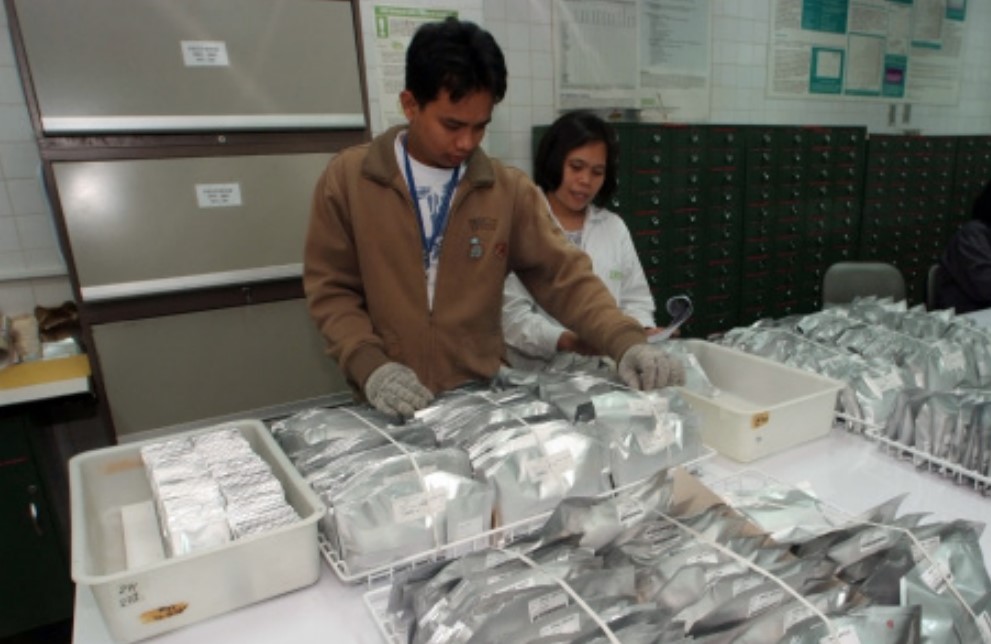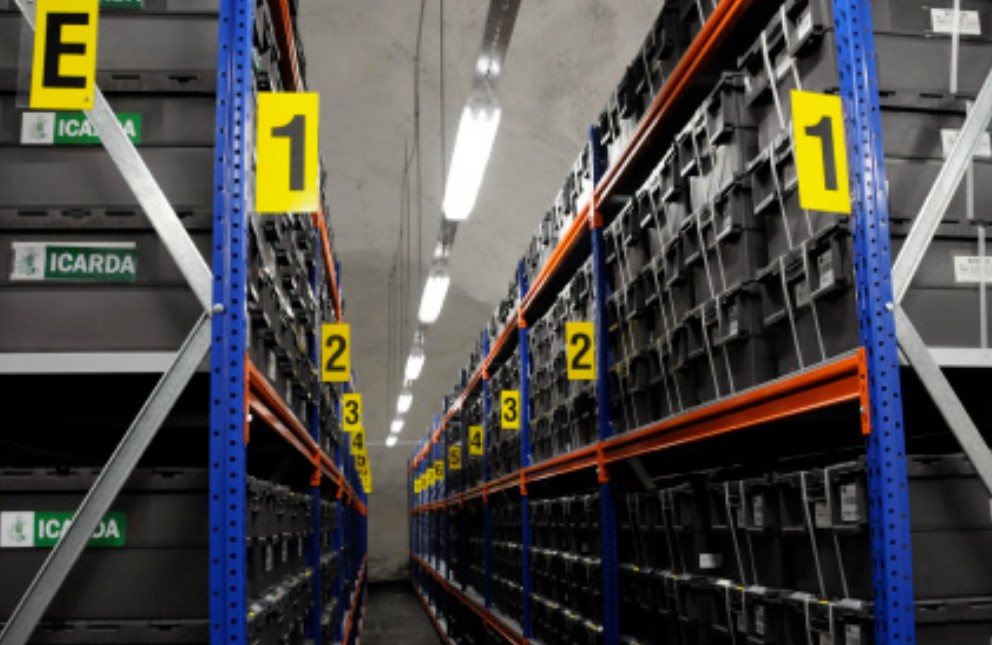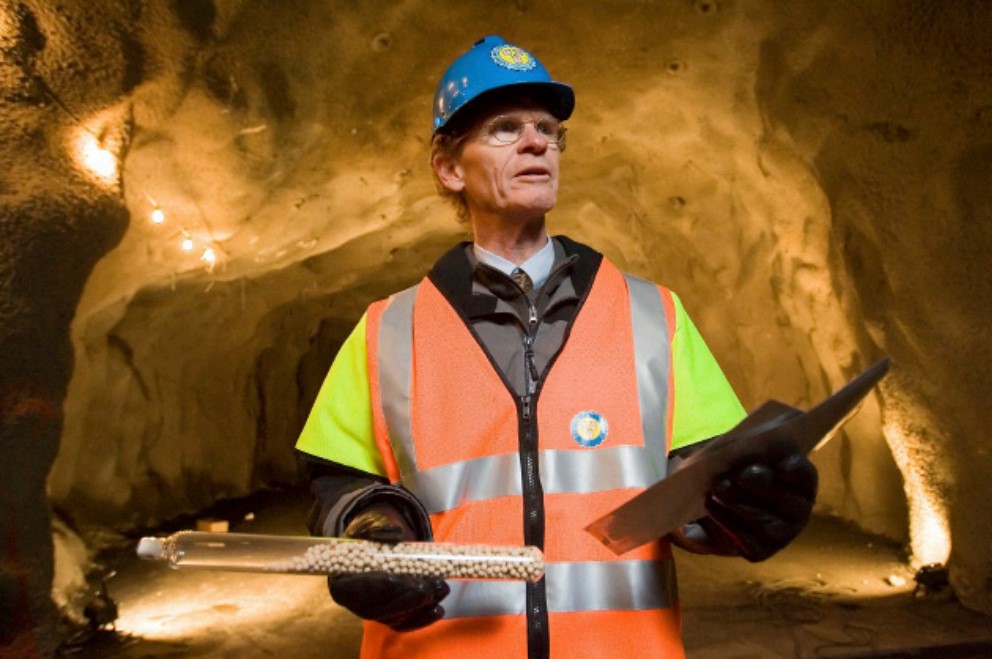| Location | Svalsatveien, Longyearbyen, Svalbard, Norway |
| Date | 2006-8 |
| Implementing Agencies | The Global Crop Diversity Trust; Government of Norway; Nordic Genetic Resource Center (NordGen) |
| Property Manager | Statsbygg, on behalf of the Norwegian government |
| Design Firm | Barlindhaug Consult AS |
| Design Team | Trond A. Hansen, Louis Lunde, Peter W. Søderman |
| Structural Engineer | Barlindhaug Consult AS |
| Geotechnical Engineer | Sverre Barlindhaug, Multiconsult AS |
| Contractor | Leonhard Nilsen & Sønner |
| Funders | The Royal Norwegian Ministry of Agriculture and Food; The Royal Norwegian Ministry of Environment; The Royal Norwegian Ministry of Foreign Affairs |
| Cost | $9 million USD |
| Capacity | 4.5 million seeds, samples of 500 seeds each |
Cary Fowler collects seeds. “Most people don’t think about this, but our agricultural crops are on the frontlines of climate change and will be the first to be affected,” says Fowler, president of the Global Diversity Crop Trust. “What we are conserving for the future are options.” The seeds collected contain precious genetic variation that might otherwise be lost. They are being preserved in the Svalbard Global Seed Vault, located in arctic Norway. Although there are over 1000 seed banks in the world, this seed vault, close to the North Pole and lodged in a permafrost mountain, is the ultimate lair for preservation.
Barlindhaug Consult AS won the bid because of its previous work in Svalbard and understanding of the unique and harsh building conditions. “It is a combination of mining construction and building construction because the portal building is actually a building, but everything from the portal building into the vaults is like a mine,” says lead architect Peter Søderman. “It is strange for an architect to design a building that is not supposed to have any inhabitants except seeds and is not supposed to be a place that you visit.”

Rendering of interior and exterior of the Seed Vault. Image: Global Crop Diversity Trust
The sleek architecture portal building (the only visible part of the facility) protrudes from the snowy hostile environment and is adorned with a jewel lighting art installation that glows at night and reflects the sun in the day. “It is a very picturesque facade but it is also a practical thing,” Søderman says. “[The wedge shape] divides the stone masses and snow on the slope so that rocks and snow roll down on either side of the entrance.” The design team worked with geologists and engineers to understand the geology of the mountain, which directed their construction and design decisions. A 100-meter (328-ft) steel tube protrudes from the portal entrance through the different geological layers and connects to the main three cave-like chamber vaults, each with the capacity to store 1.5 million different seed samples.
The team faced many challenges constructing a building that could hold up to the low temperatures necessary to preserve seeds. Limited building materials and sub-zero temperatures also made the construction process difficult.


left: Women preparing seed packets in Ibadan, Nigeria at the International Institute of Tropical Agriculture. Photo: International Institute of Tropical Agriculture/Global Crop Diversity Trust
right: International Rice Research Institute employees preparing packets in Los Baños, Laguna, Philippines, to ship to the Seed Vault. International Rice Research Institute/Global Crop Diversity Trust


left: Shelves inside the Seed Vault hold seeds from around the world. Photo: Mari Tefre/Global Crop Diversity Trust
right: Professor Cary Fowler holding seed containers in the bank. Photo: Kalie Koponen/Global Crop Diversity Trust
















READ OR LEAVE A COMMENT